It was with great joy that I received the call to get my Covid vaccine last week.
For the first time in months, I finally felt we can see an end to this pandemic. With over 20 million people now vaccinated, there seems to be a light at the end of the tunnel, especially cemented by the recent announcement by Boris on the government’s road map to recovery.
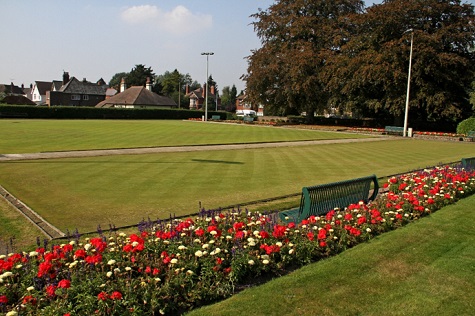
In terms of getting back too normal, the Government announced a four step road map to recovery, which included various points of interest for our sector:
Step one :- Golf courses along with tennis courts and other outdoor sport facilities will reopen from 29 March.
Also on this date, organised sport for adults and children, like grassroots football, will be able to restart.
This stage of the lockdown roadmap will also see schools in England reopen for all pupils from 8 March. Outdoor after-school sports clubs and activities will also be allowed to restart.
Step Two:- Data allowing, golf clubhouses and hospitality venues will then be allowed to reopen on April 12th at the earliest, serving food and beverages outside, with pro shops also allowed to reopen their doors. Self-catering golf breaks will also be permitted with your own household, meaning some golf breaks could be allowed.
Step Three:- Data allowing, May 17th, would see golf clubhouses and restaurants allowed to reopen to welcome you back inside for food and drinks. Six people from a maximum of two households will be allowed to dine and drink together, with domestic overnight stays also allowed. The number of people allowed to gather outdoors will increase to 30, meaning fourballs from four different households would be permitted.
The fourth and final step: June 21st, would see the Government lift all limits on social contact indoors and outdoors with restrictions lifted on life events such as weddings and all larger events.
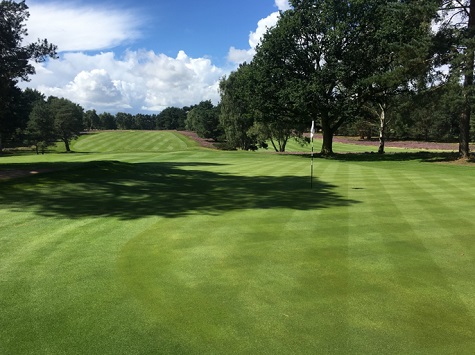
Although the government announced a timetable for the return to sport, there have been no real detail on time frames and restrictions on when full contact sport can be played again. No doubt there will be a lot of information filtering down via the specific sporting bodies (RFU, FA, LTA, R&A RFL ECB and Bowls England) in the coming weeks. I should imagine it will start with some non-contact training sessions at clubs and then gradually over a few weeks will finally get back to some competitive sport.
This will all mean a busy time for turf professionals, having to prepare for a cross section of winter and summer sports, that may overlap the traditional seasons. We may find some cricket facilities having to share with football etc, and then we may find the cricket season being prolonged.
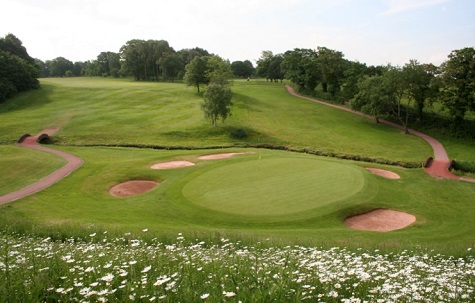
Many golf clubs have continued to invest and keep greenkeeping teams working throughout the pandemic, although many have been on reduced shift working patterns. In the main though, golf courses have worked hard to prepare their courses for their reopening – especially important, as I’m hearing on the grapevine just how popular a pastime it is going to be in the coming months.
On the subject of sport, this week’s Viewpoint article is about the realistic maintenance costs incurred for a grassroots facility. For far too long we have undervalued the role of the groundsmen and the work they do in maintaining grass roots facilities.
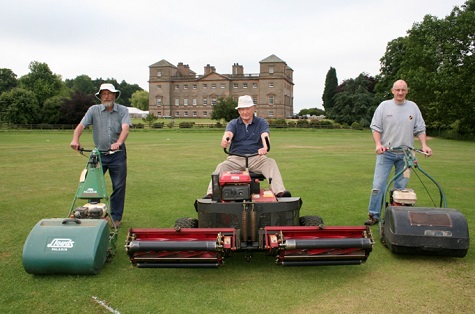
There is an undeniable cost to bear for the upkeep of our sports facilities. I am sure this article will be a good read and create some healthy debate on the matter, hopefully inspiring clubs to invest more money to improve their playing surfaces = especially following this pandemic when there will be a definite upsurge in activity and people taking up community sport again.
Carbon neutral targets
As for other news, I read with interest there are many organisations and people starting to talk up the need to meet carbon neutral targets in the coming years. With the fact this pandemic has highlighted the importance of green spaces, there will be some interesting conversations to be had and the results of planting schemes to be seen, designed to enhance our society, in the coming years.
One interesting example is Nottingham that could become the first carbon neutral city in the UK after the City Council set itself an ambitious target to achieve this by 2028.
A green vision for a huge chunk of Nottingham city centre has been drawn up – which would see the Broadmarsh shopping centre replaced with parks and space for small businesses in eco-friendly buildings. The Green Party and Liberal Democrats have joined the debate over what should happen to the shopping centre site following the collapse of previous operators, intu, and the return of its lease to Nottingham City Council.
Nottinghamshire Wildlife Trust has also developed a bold vision in which the site would be turned into a nature area. The council is holding what it calls a “big conversation” about what should happen with the currently partially-demolished site, and has said it is open to hearing all options.
I am sure other cities will be following suit in the coming years and there will be plenty of work opportunities to raise the profile of parks professionals.
Wildflower Strategies
I wonder how many local authorities currently have a Wildflower Strategy or are in the process of developing one? A recent APSE survey and report gave some interesting feedback on this subject.
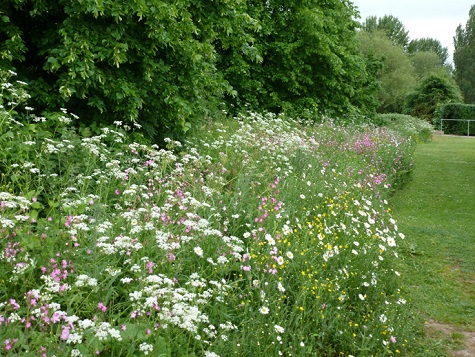
The planting of wildflower mixes in urban green spaces has become quite popular in recent years, with many councils now replacing regular mown grass verges and island sites with wildflower displays.
There has been a reduction in wildflower meadows by over 97% since the 1930s of roughly 3 million hectares. It has been reported that there could be as little as 10,500 hectares of lowland wildflower meadow and 900 hectares of upland hay meadow left in the UK. Their existence is important, as meadows can contain up to 40 species per square metre as well as supporting pollinating insects, mitigate flooding and can capture large amounts of carbon. With a growing focus on climate emergency declarations, establishment of council carbon management programmes, the widespread decline in pollinating insects in the UK, and growing public acceptance for alternatives to traditional Council green space management, the arguments for establishing more wildflower meadows have rarely been more prevalent in local authority discussions.
With many council services being suspended to mitigate the effects of the pandemic, grassland across the country has been allowed to grow wild to an extent that has not been seen in years. Also seed companies recently, have developed a wide range of floral wildflower seed mixes that can cater for many different and variable locations.
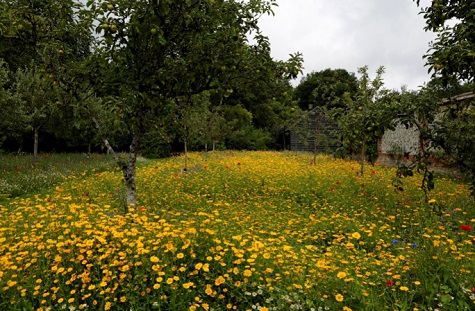
Plymouth City Council for example, have created 120 wildflower meadow sites in the area since 2012 with help through funding from organisations such as The National Lottery Heritage Fund, Peoples Postcode Lottery and Biffa. Their meadows are managed with a single annual cut between late summer and the beginning of autumn, with many volunteers involved in the planting wildflower plug plants and flowering bulbs. Their website also features a map of site locations, and over 30 description pages that highlight the location of the wildflower meadows.
The Council’s green estates manager was part of a recent interview on the council website where he stated that “before the coronavirus pandemic, we were planning to trial leaving a few verges and boundaries in certain areas of the city to grow wilder...we expected petrol savings, more insects, more wildflowers and staff able to prioritise work in parks...but then along came COVID-19 and with it a number of factors which mean we’ve decided to roll the scheme out a little further”. They intend to have more wildflowers growing on verges and banks alongside roads. See video here.
Swansea Council meanwhile, began with a trial scheme in 2012 and now has over 180 wildflower sites across the city including roundabouts, roadside verges, parks and prominent landmarks, with more than 41,000 square metres of wildflowers. After many years of the initiatives, their parks and cleansing service uses their experience to determine which types of wildflowers work best in different areas. The program is funded by the council, community councils and local ward members. The popularity of the scheme with local residents means that the council regularly get enquiries from the public about how they can buy the seed mixtures for their own gardens. The council now works in partnership with Friends of the Botanical Gardens who sell the seed mixtures at their plant sale events in Swansea.
From my own experiences of being a Green Flag Awards judge, many parks are increasing their commitment and now investing and introducing a range of wildflower plantings with the aim to improve the aesthetics and biodiversity of their land assets.
If the current government road map to recovery stays on track, come July we should be able to start enjoying life again and be out and about enjoying the many delights our public parks and sports clubs can offer.